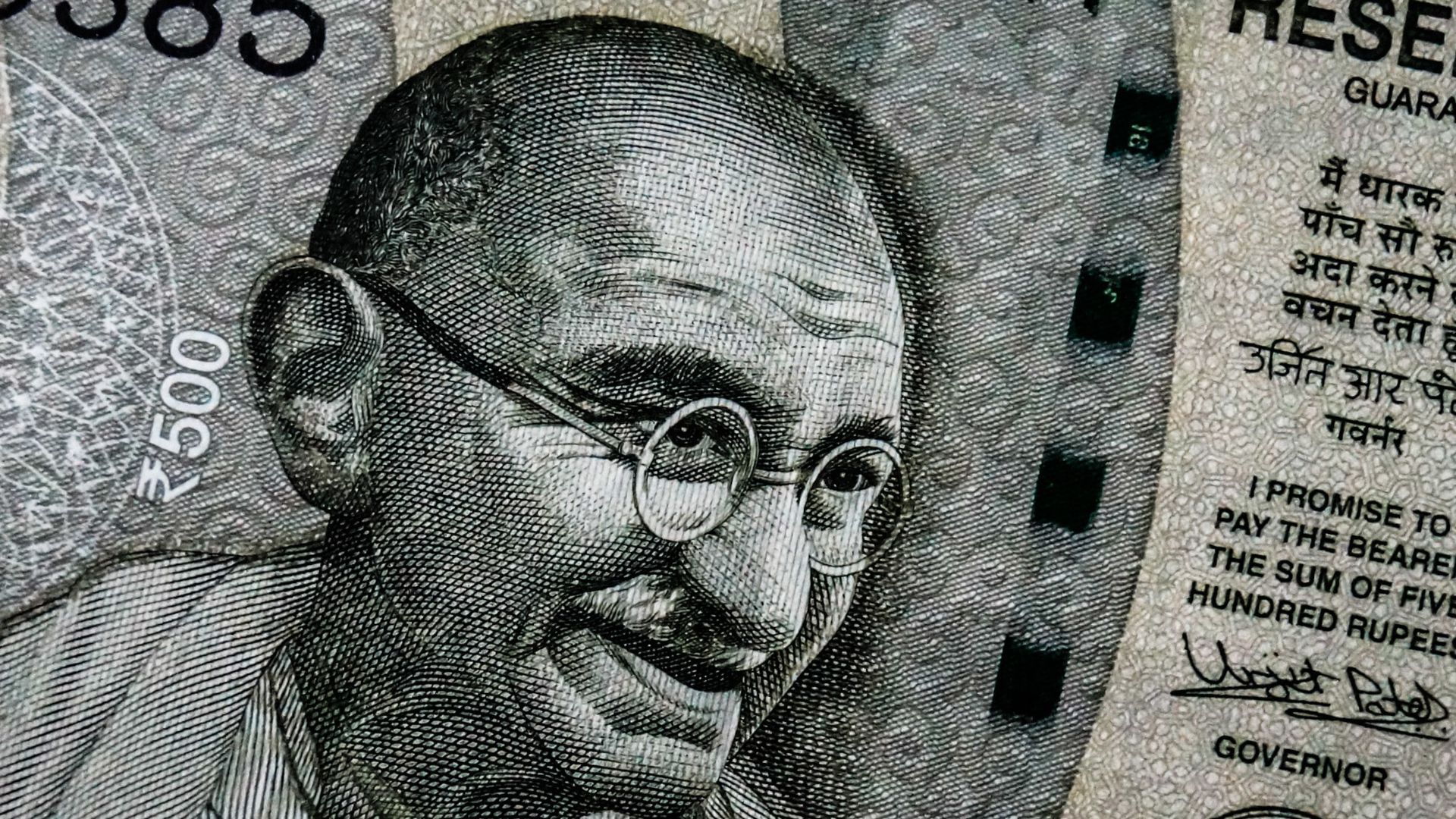The Indian rupee is hitting new all-time lows against the US dollar because of central banks hiking interest rates globally to fight surging inflation and supply chain constraints due to the Russia–Ukraine war and the Covid-19 pandemic.
A timeline of the rupee from 1940-Present:
1940-1950
The INR is now worth far less than USD, however, this was not always the case. The scenario was substantially different when India gained independence in 1947. It is said that 1 INR was formerly equivalent to 1 USD.
There are several theories for why the one-dollar rupee had a higher value in 1947. The most prevalent one is that there was no metric system, hence all currencies were equal in value.
Another theory is that because India was a British-ruled country before1947, the value of the INR was higher because the value of the pound was higher. It is estimated that in 1947, one pound equalled 13.37 rupees, hence the value of the US dollar should have been INR 4.16.
Also Read| How investment and savings strategies changed in last 30 years
1951-1960
Decimalisation took place in 1957. The Indian rupee was split into 100 naye (new) paise during this period. This action was deemed significant since decimalisation has traditionally been associated with modernity and revolutionary change in the financial system and economy. Every Indian person now had access to the lesser denominations of currency, while doing so also raised the value of the INR.
1961-1970
The 1962 war between India and China exacerbated the situation, as did the 1965 war between India and Pakistan, and the 1966 drought that devastated the country. By 1967, the exchange rate for one dollar had fallen to INR 7.50.
Also Read| How stock markets have evolved since 1860s
1971-1980
OAPEC, or the Organization of Arab Petroleum Exporting Countries, decided to cut output in the wake of the 1973 Oil Shock, which caused the rupee's value to drop to 8.10 in 1974. India was forced to borrow foreign currency in order to deal with the issue and the ensuing political turmoil. As a result, the value of the Indian rupee fell.
1981-1990
Since the 1960s, India had relied heavily on the Soviet Union as a trading partner. However, as a result of the Soviet Union's fall in the 1980s, India's exports declined significantly. Combined with the Persian Gulf countries' doubling of crude oil prices in 1990, India faced a significant Balance of Payments crisis in 1991. The foreign reserve was depleted to the point that India could hardly afford three weeks' worth of imports. The country was on the verge of going bankrupt. India was forced to borrow funds from the International Monetary Fund (IMF) using its gold reserves as collateral. Throughout the 1980s, the currency rate fell, and by late 1990, 1 USD equalled 17.32 INR.
Also Read| Harshad Mehta scam: How Big Bull shook the Indian stock market
1991-2000
The Indian rupee was devalued as a result of the geopolitical turmoil of the late 1980s. In 1992, the devaluation reduced the value of one US dollar to 25.92 Indian rupees.
2001-2010
In 2007, the rupee strengthened and hit a high of Rs 39.27 to the dollar as a result of persistent foreign direct investment (FDI) inflows into the nation in the form of investments in the flourishing stock market, rising remittances, and the growth of exports driven by the IT and BPO sectors.
The global economic downturn of 2008, however, put a halt to the trend, and the rupee fell to a low of Rs 51.75 by 2009. The new rupee symbol ‘₹’ was formally introduced in 2010.
Also Read| How to survive a market crash
2011-2020
On May 22, 2013, the INR was 55.48/$ and plummeted to 57.07/$ after fifteen days. The reason for this shift was an increase in dollar demand from imports, as well as capital withdrawals from the debt market by FIIs, which caused the rupee to depreciate in value.
The discontinuation of the Rs 500 and Rs 1,000 notes in 2016 known as "demonetization" caused roughly 86% of the money in circulation to become invalid overnight. This had a negative influence on consumption, investment, and income. Furthermore, the lack of newly issued notes meant that there was less cash in circulation. 1 USD equalled 68.77 INR in 2016, which was a record-high exchange rate for the two currencies.
Also Read| Great Depression to COVID: Top 5 market crashes in American history
2021-2022
The rupee depreciated in 2022 as a result of the global economic crisis brought on by the Coronavirus pandemic and the Ukraine crisis. The intensification of geopolitical fears as a result of the Russia-Ukraine war, a downward trend in domestic markets, significant foreign capital outflows, and interest rate hikes by central banks throughout the world to combat increasing inflation have all harmed investor confidence. The rupee crossed the 82 mark against the greenback in October 2022.







